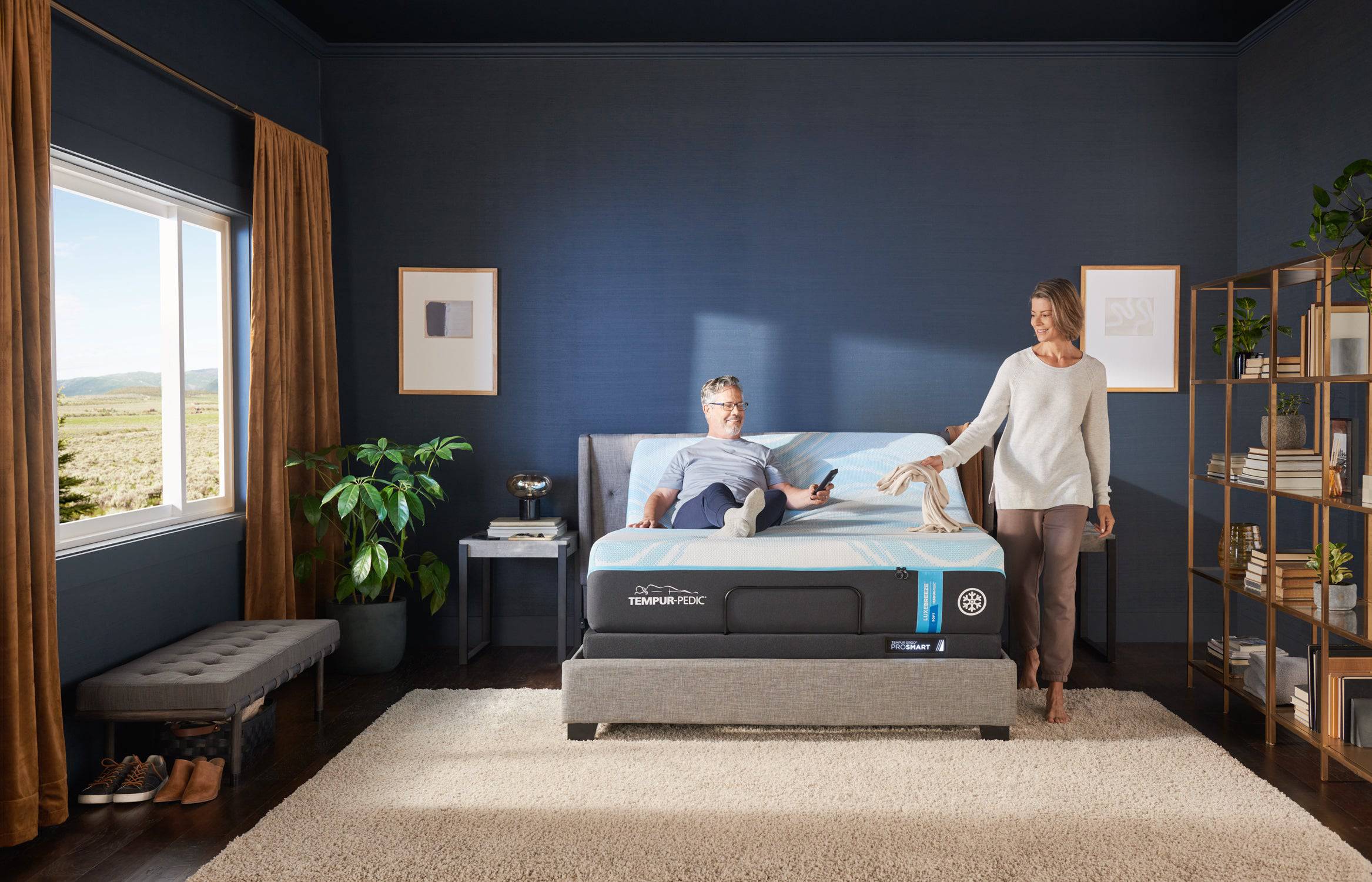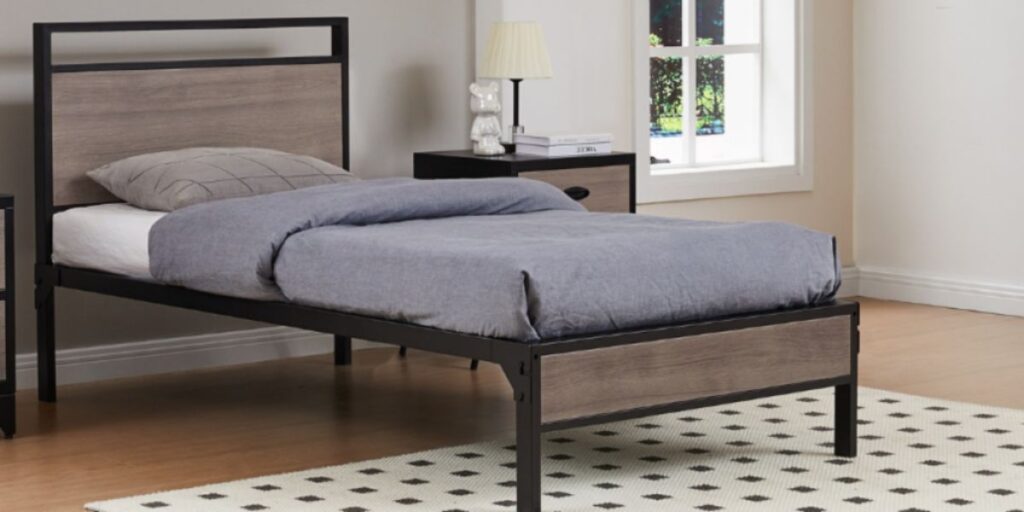All Categories
Featured
When embellishing a home, choosing the appropriate furniture design plays a crucial function in shaping the ambiance of a space. 2 of the most popular furniture designs are contemporary and conventional, each with its one-of-a-kind qualities.
Standard Furniture: Conventional furniture welcomes ornate styles, elaborate makings, and traditional forms motivated by past historical periods. Conventional furnishings has a formal, innovative look, and the emphasis is on fine craftsmanship.
![]()
Standard Furniture: Conventional furnishings is understood for its use of abundant, high-grade materials such as solid timber, leather, and all-natural fabrics. Typical furnishings finishes have a tendency to be dark and polished, providing items a feeling of weight and high-end.
Typical Furniture: Typical furniture commonly uses deeper, richer colors that stimulate a sense of warmth and sophistication. In addition, patterns are regularly made use of in typical furnishings, such as flower prints, stripes, or damask, including depth and appearance to the space's layout.
![]()
Traditional Furniture: While comfort is crucial in conventional furniture, it is not always the key emphasis. Typical furniture highlights deluxe and beauty, often including cushioned seating and thick furniture.
![]()
Typical Furniture: Conventional furnishings tends to stand out much more in a space due to its elaborate and timeless design aspects. While it can be mixed with modern aspects for an upgraded look, conventional furnishings generally keeps its own identification and can really feel dominant within an area.
Conventional Furniture: Typical furnishings is built to last and never heads out of style. Its classic layouts have actually held up against the examination of time, and the top quality of products and craftsmanship guarantee that these pieces are passed down through generations. For homeowners looking for sustaining, timeless furniture that keeps its worth and charm, traditional items are an excellent investment. The resilience and craftsmanship of typical furniture make sure that it keeps its elegance and allure for several years.
Verdict. Inevitably, the option between modern and typical furnishings boils down to your individual preferences and the type of atmosphere you desire to create in your house. Contemporary furniture is smooth, useful, and adaptable to present fads, while conventional furniture is timeless, lavish, and focused on detailed details. By comprehending the essential differences between these 2 styles, you can much better curate a home that shows your preference, way of living, and the setting you prefer.
- Style and Shape. Contemporary Furniture: Contemporary furnishings is known for its streamlined, minimal styles that focus on simpleness and capability. Contemporary furnishings can incorporate components from different periods, making it extremely versatile.
Standard Furniture: Conventional furniture welcomes ornate styles, elaborate makings, and traditional forms motivated by past historical periods. Conventional furnishings has a formal, innovative look, and the emphasis is on fine craftsmanship.

- Materials and Finishes. Contemporary Furniture: Contemporary furnishings uses a varied series of materials, consisting of wood, glass, steel, acrylic, and in some cases natural leather. The finishes are frequently streamlined and modern-day, with high gloss, matte, or perhaps brightened steel surfaces. While modern furniture does consist of wood, the materials often tend to be lighter and less elaborate compared to typical pieces. Steel accents, glass tabletops, and even mixed products are generally discovered in modern furniture pieces, adding to a clean, structured look.
Standard Furniture: Conventional furnishings is understood for its use of abundant, high-grade materials such as solid timber, leather, and all-natural fabrics. Typical furnishings finishes have a tendency to be dark and polished, providing items a feeling of weight and high-end.
- Shade Combination. Contemporary Furniture: Contemporary furnishings accepts neutral, underrated colors, with tones like white, grey, black, and off-white typically featured. These shades assist develop a sizable, airy feel that permits versatility in designing. Vibrant accent shades are typically included to make a statement, such as intense toss cushions, carpets, or artwork. The color scheme in contemporary furniture is usually kept easy to permit various other design elements to shine, creating a natural and balanced room.
Typical Furniture: Typical furniture commonly uses deeper, richer colors that stimulate a sense of warmth and sophistication. In addition, patterns are regularly made use of in typical furnishings, such as flower prints, stripes, or damask, including depth and appearance to the space's layout.
- Convenience and Functionality. Contemporary Furnishings: Functionality is a main aspect of modern furniture. Contemporary furnishings likewise often tends to have much less embellishment, which permits it to mix effortlessly into different types of rooms without subduing the room.

Traditional Furniture: While comfort is crucial in conventional furniture, it is not always the key emphasis. Typical furniture highlights deluxe and beauty, often including cushioned seating and thick furniture.
- Style Combination. Contemporary Furniture: Contemporary furnishings is designed to fit with the patterns of the moment, and consequently, it functions well in minimalist and modern-day rooms. It mixes easily with a selection of indoor style styles, from mid-century modern-day to scandinavian and commercial. Considering that contemporary furnishings welcomes simplicity, it can also be incorporated with more standard pieces to produce an eclectic appearance. Its adaptability enables it to function well in open-plan layouts and more small home.

Typical Furniture: Conventional furnishings tends to stand out much more in a space due to its elaborate and timeless design aspects. While it can be mixed with modern aspects for an upgraded look, conventional furnishings generally keeps its own identification and can really feel dominant within an area.
- Long life and Eternity. Contemporary Furniture: Contemporary furnishings, because of its connection to present design fads, can occasionally really feel dated as patterns progress. Its clean, minimal visual and usage of high-quality products typically ensure it continues to be relevant for several years, particularly when it concentrates on traditional modernist components. While contemporary furnishings might not have the same historical weight as conventional pieces, it can still stand the test of time through its convenience and ongoing adjustment to new fads.
Conventional Furniture: Typical furnishings is built to last and never heads out of style. Its classic layouts have actually held up against the examination of time, and the top quality of products and craftsmanship guarantee that these pieces are passed down through generations. For homeowners looking for sustaining, timeless furniture that keeps its worth and charm, traditional items are an excellent investment. The resilience and craftsmanship of typical furniture make sure that it keeps its elegance and allure for several years.
Verdict. Inevitably, the option between modern and typical furnishings boils down to your individual preferences and the type of atmosphere you desire to create in your house. Contemporary furniture is smooth, useful, and adaptable to present fads, while conventional furniture is timeless, lavish, and focused on detailed details. By comprehending the essential differences between these 2 styles, you can much better curate a home that shows your preference, way of living, and the setting you prefer.
Latest Posts
Explore Save Big on Car Maintenance with Montclare Auto Repair’s Special Deals
Published en
1 min read
Find Oil Changes & More: Full Repair Options from Montclare Auto Repair
Published en
1 min read
Why Chicago Drivers Choose Montclare Auto Repair for Trusted Service and Big Savings
Published en
1 min read
More
Latest Posts
Explore Save Big on Car Maintenance with Montclare Auto Repair’s Special Deals
Published May 30, 25
1 min read
Find Oil Changes & More: Full Repair Options from Montclare Auto Repair
Published May 28, 25
1 min read
Why Chicago Drivers Choose Montclare Auto Repair for Trusted Service and Big Savings
Published May 27, 25
1 min read